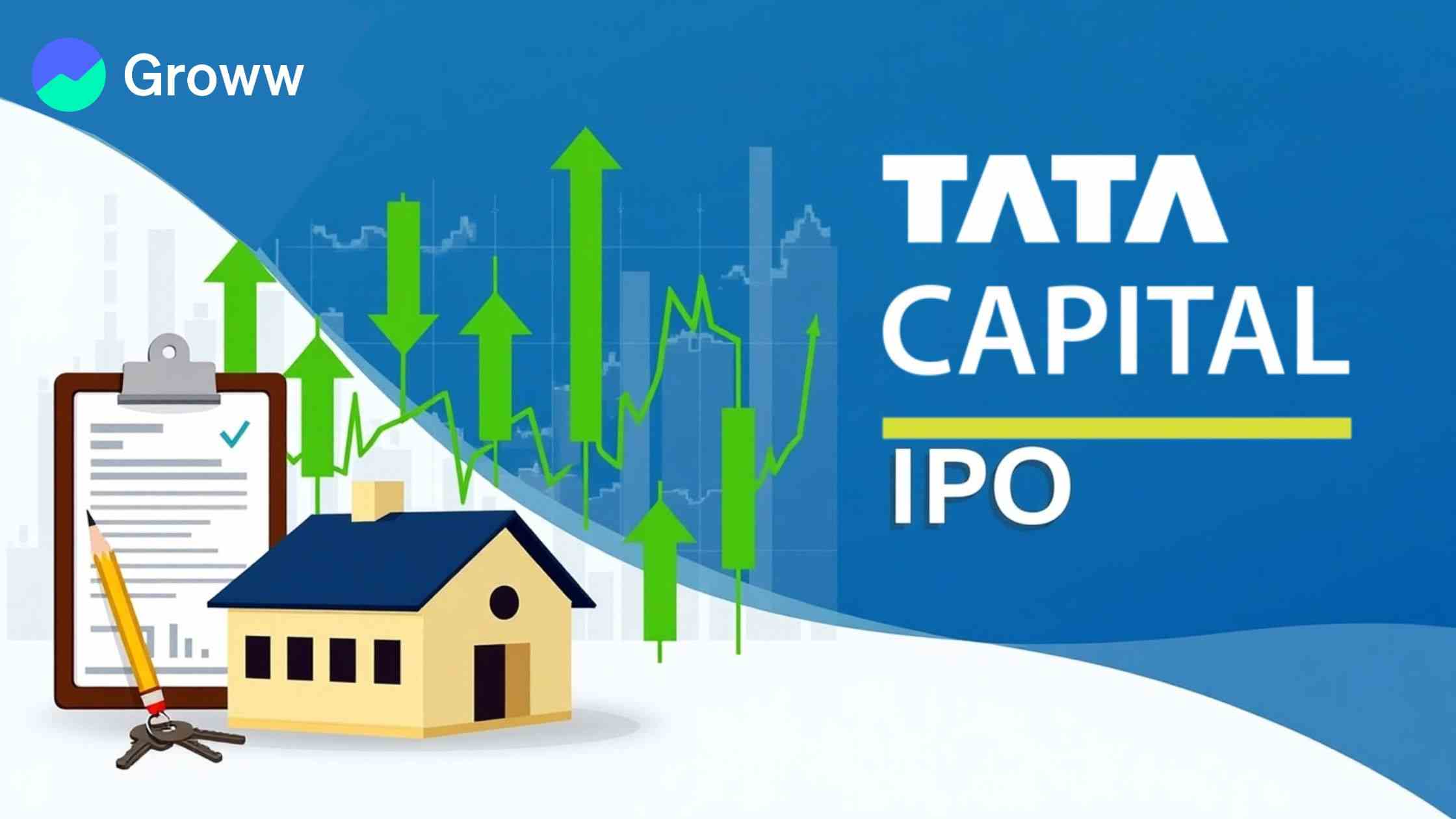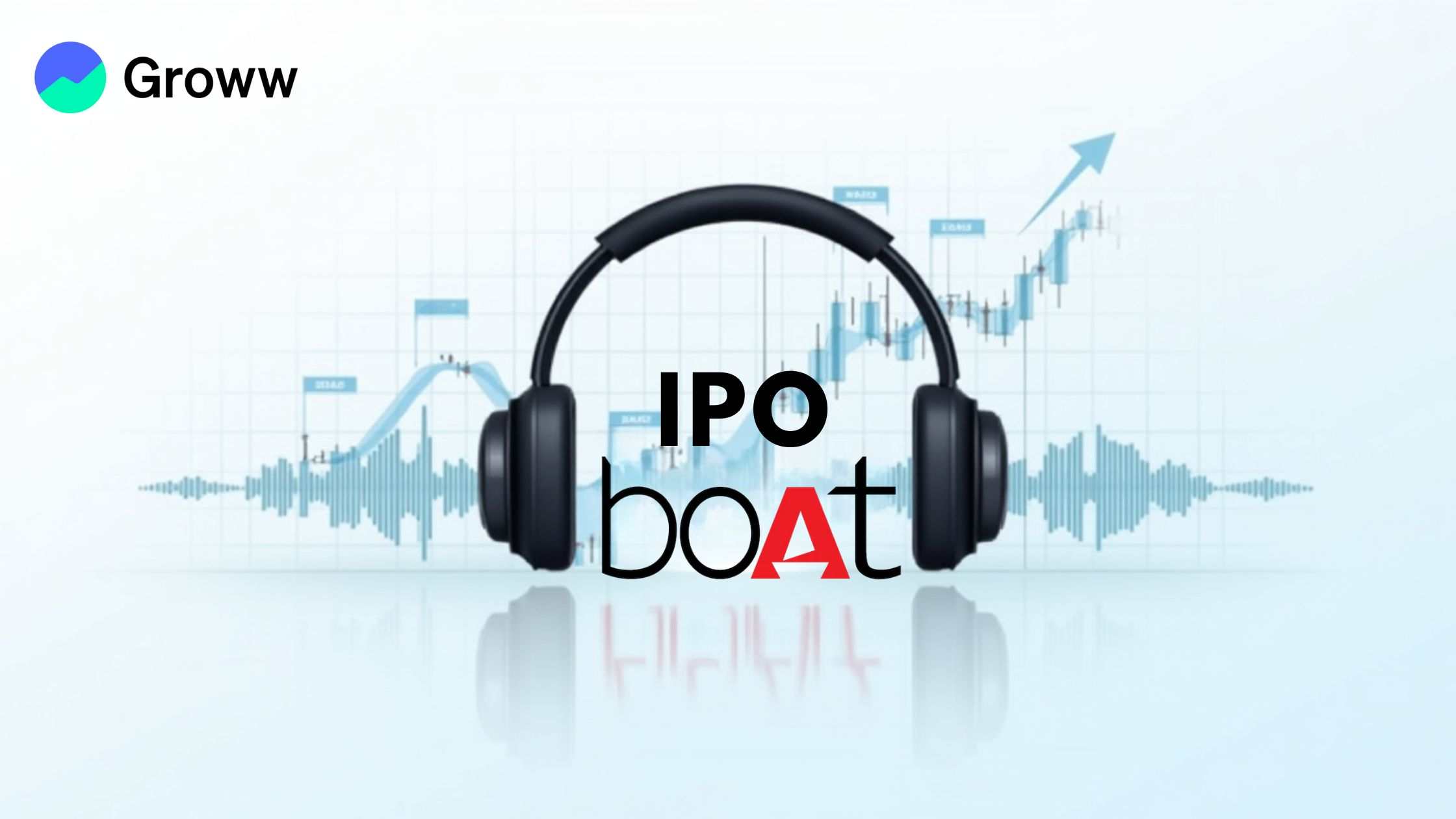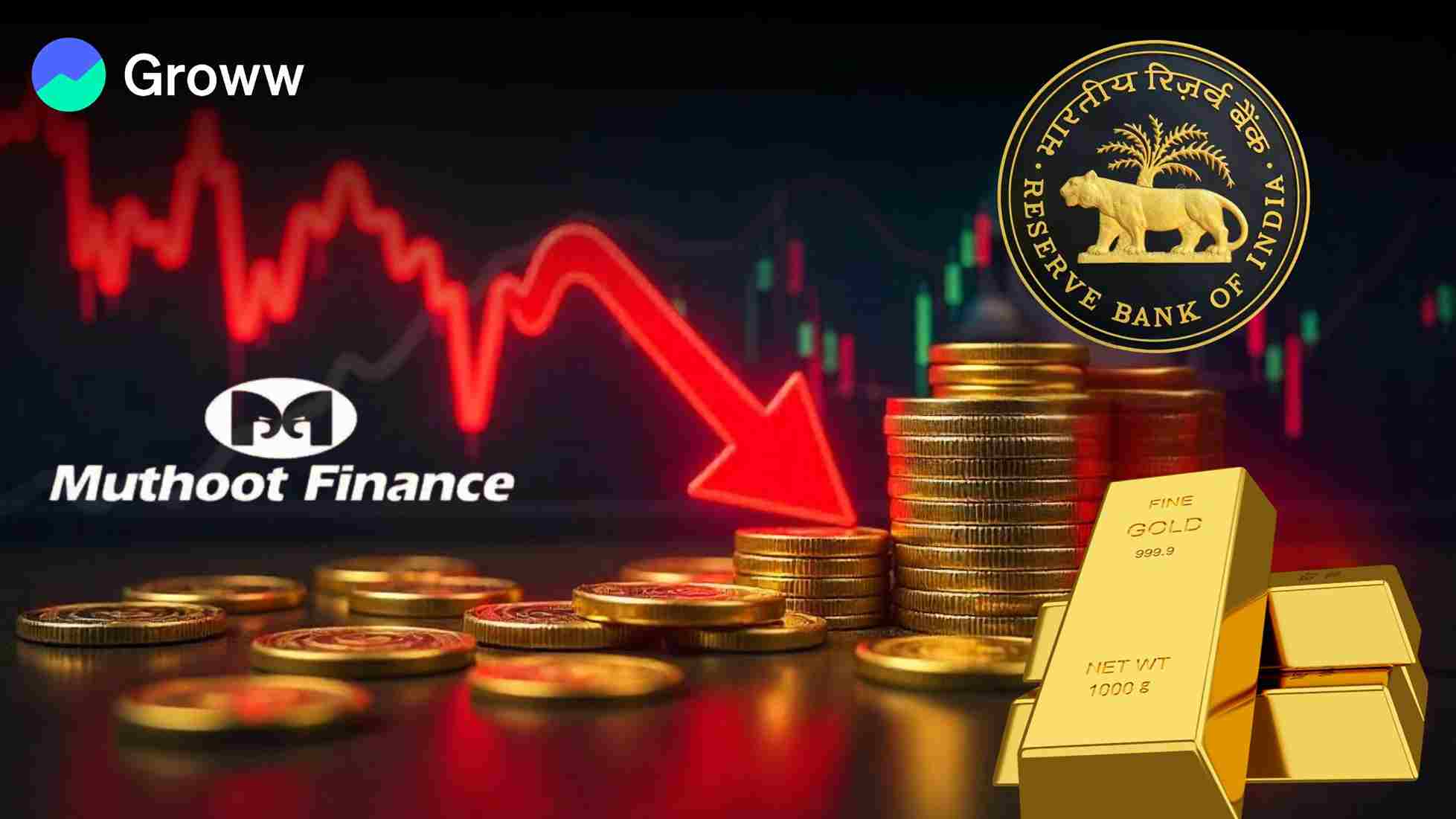Groww Blog
Lot Size For Commodity F&O Contracts
10 April 20251 min read
Tata Capital Files Confidential DRHP for ₹15,000 Crore IPO
10 April 20251 min read
boAt’s Parent Imagine Marketing Files for ₹2,000 Crore IPO via Confidential Route
10 April 20252 min read
FMCG Stocks Surge as RBI Cuts FY26 Inflation Forecast to 4%; Emami, Nestle, HUL Lead Rally
09 April 20253 min read
RBI Cuts Repo Rate to 6%, Shifts Stance to ‘Accommodative’ Amid Global Uncertainty
09 April 20253 min read
Rupee Slides to ₹86.45 Against the Dollar as Trade War Heats Up
09 April 20253 min read
Tata Steel Plunges Yet Again to Post A Fall Of 2.16% By Closing
09 April 20252 min read
Eternal Share Prices Maintain Midday Trend, Close 2.13% Lower Than Opening Figures
09 April 20252 min read
Tata Power Looks Weaker At Closing, Plunging By 0.40% Below Opening Price
09 April 20252 min read
Suzlon Energy Does Not Recover From Midday Onslaught, Plunges By 3.50% From Opening Prices
09 April 20252 min read
Tata Motors Dashes Hopes of Turnaround, Falls By 0.86% At Closing
09 April 20252 min read
Vaishnavi Tech Park, South Tower, 3rd Floor
Sarjapur Main Road, Bellandur
Bengaluru – 560103
Karnataka
Contact Us
MOST POPULAR ON GROWWVERSION - 5.9.3
STOCK MARKET INDICES: S&P BSE SENSEX | S&P BSE 100 | NIFTY 100 | NIFTY 50 | NIFTY MIDCAP 100 | NIFTY BANK | NIFTY NEXT 50
POPULAR MUTUAL FUNDS: QUANT SMALL CAP FUND | ICICI PRUDENTIAL COMMODITIES FUND | NIPPON INDIA SMALL CAP FUND | PARAG PARIKH FLEXI CAP FUND | GROWW NIFTY TOTAL MARKET INDEX FUND | SBI SMALL MIDCAP FUND | TATA DIGITAL INDIA FUND | AXIS SMALL CAP FUND | ICICI PRUDENTIAL TECHNOLOGY FUND | HDFC INDEX FUND SENSEX PLAN | HDFC SMALL CAP FUND | AXIS EQUITY FUND | CANARA ROBECO SMALL CAP FUND | TATA SMALL CAP FUND | UTI NIFTY FUND
MUTUAL FUNDS COMPANIES: GROWWMF | SBI | AXIS | HDFC | UTI | NIPPON INDIA | ICICI PRUDENTIAL | TATA | KOTAK | DSP | CANARA ROBECO | SUNDARAM | MIRAE ASSET | IDFC | FRANKLIN TEMPLETON | PPFAS | MOTILAL OSWAL | INVESCO | EDELWEISS | ADITYA BIRLA SUN LIFE | LIC | HSBC | NAVI | QUANTUM | UNION | ITI | MAHINDRA MANULIFE | 360 ONE | BOI | TAURUS | JM FINANCIAL | PGIM | SHRIRAM | BARODA BNP PARIBAS | QUANT | WHITEOAK CAPITAL | TRUST | SAMCO | NJ




